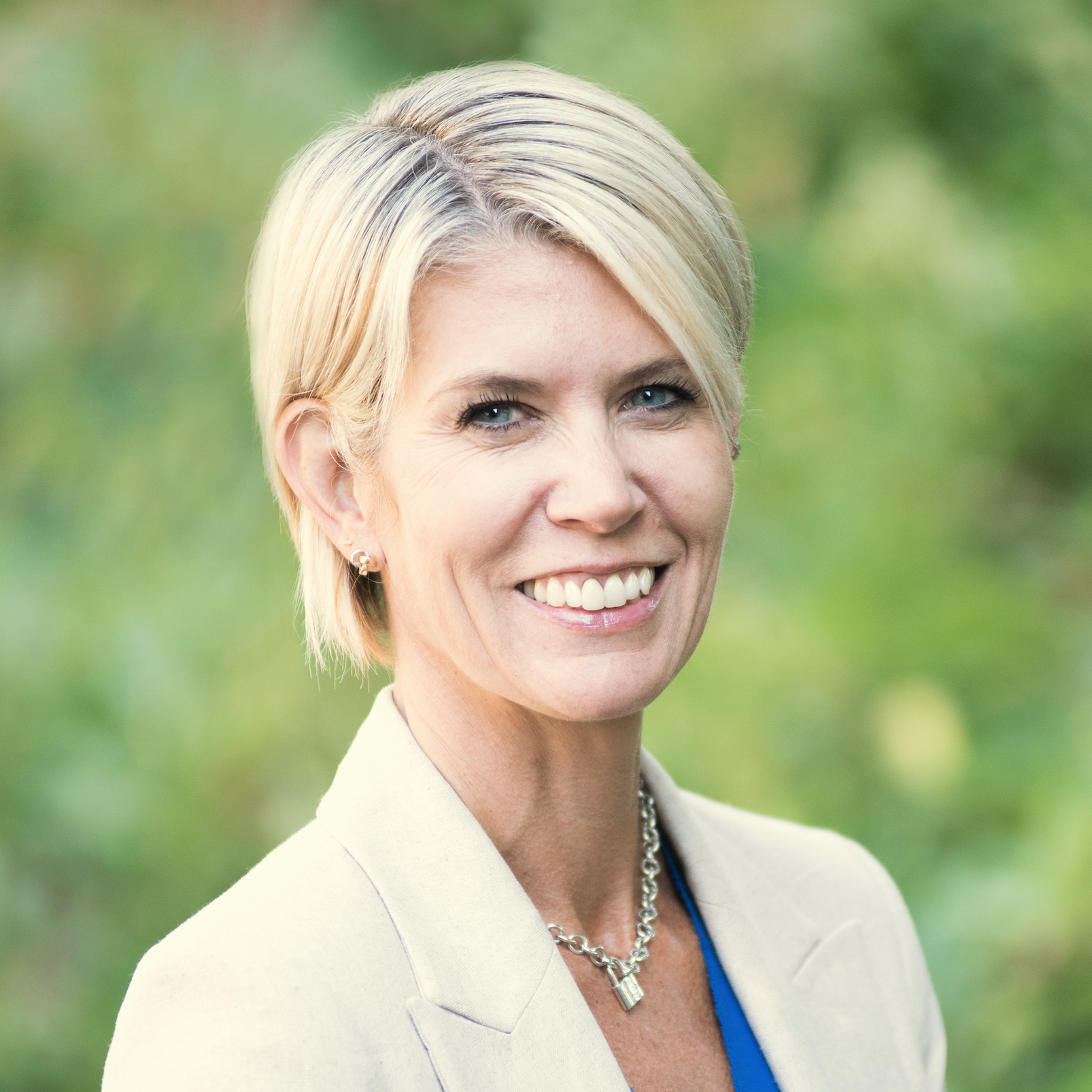I need to be thoughtful, respectful and reverent in the writing of this latest post. I also need to acknowledge this week has been a big week. So the spin of emotions, facts, frustrations, hopes and dreams are swirling as I share this post. Honestly acknowledging that is important, just as returning to the why is important. This spin is dedicated to the beautiful late Maureen Dockendorf, whose tenacity and bright light will forever live on in the hearts of those privileged to have experienced her mentorship and unwavering commitment to doing what’s right for all children and their families. To let this work go would be to disregard her legacy and the invaluable lessons we've learned over the past two decades in B.C. I am inspired, excited and want to be sure that we are clear about the importance of ensuring the integration of early childhood education in the K-12 school system proceeds with deliberate intention. We can't let this work go, we have to own it with purposeful commitment and a clear resolve to carry it forward.

This isn't the time to climb out of the sandbox, we have just begun the work of integrating systems of early learning and care for our youngest children. Early childhood education and care is a critical conversation in Canadian public education. Protecting and strengthening partnerships with long-standing early childhood educators, field experts in ECE, and established high-quality child care operators is essential to building a successful and integrated early learning system. These relationships form the backbone of a responsive, inclusive, and sustainable approach to early childhood education, one that honours experience, leverages expertise, and ensures continuity for children and families.The shifts towards integrating childcare and K-12 public education are the key to improving the trajectory of life for children, families and society in our country. The evidence is undeniable, early childhood education and care is one of the most powerful investments we can make in supporting healthy human growth and development. Yet, it remains too often overlooked and is grossly underfunded. The return on investment in early childhood education is proven, showing that showing that every dollar invested in ECE yields up to $7–$13 in long-term economic benefits (Heckmen Equation, 2012). Early childhood experiences are also critical determinants of long-term educational outcomes and contribute significantly to the regulation of neurobiological development (Shanker, 2007).
These findings underscore the importance of investing in early years programs to support optimal developmental trajectories (Dockendorf, 2021). Extensive long standing research demonstrates that children's capacity to learn when they enter school is profoundly shaped by the neural architecture established during the early years of life (Heymann, Hertzman, Barer & Evans, 2005; Mustard, 2000, 2002, 2006, 2007; Mustard & McCain, 2002). From a societal perspective, the well-being of young children is not just a personal or family concern, it’s a foundational pillar of a healthy, thriving community. When we invest in the early years, we’re shaping the future of our workforce, our civic life, and our collective well-being. It warrants the continued commitment of service integration, alongside of cutting edge efforts by governments institutions and individuals to ensure public investments in the early years match safeguarding our future.
In a time when improving literacy rates is a targeted provincial focus, it’s essential to also recognize that early childhood development and adult literacy are deeply interconnected. We’ve long understood that language and literacy skills are a strong early predictor of school success, as demonstrated by Canadian research from McCann, Hertzman, and Shanker (2007). Literacy development begins at birth, making investments in high-quality early childhood education programs a critical strategy for improving literacy outcomes. When we prioritize early learning, we set children on a path toward lifelong success and help close literacy gaps before they begin.
This short spin is a call to action to keep the focus on our youngest learners alive in a challenging fiscal time and to stay the course on the incredible work that is happening across our country to support the healthy growth and development of our youngest children. The research is clear, high quality early childhood education have a high return on investment. Publicly funded early childhood and care systems generate long term savings through reduced costs in special education, social services, and criminal justice, while increasing tax revenues from higher lifetime earnings. A comprehensive early childhood development program therefore requires the same kind of investment that is made when children enter school.
You’re going to make a mistake, so am I. We cannot afford not to. Go ahead and make the mistake – it means you’re trying.
I recognize the complexity in this work and my intention is not to oversimplify the politics and economics of public education or the early childhood education sector. Nor do I want to come off as dramatic by positioning the early years as everything. In the spirit of transparency, my work life has centred around early learning and early intervention for several decades, this is a passion of mine that continues to position my thinking when working with educators, students and families. While it is never too late to alter a life’s trajectory, the ability to make a lasting impact on growth, development, academic achievement, and long-term success becomes increasingly challenging as time passes. We learn this work by doing, we learn this work by making mistakes, and we do this work by holding tightly to a commitment to establishing equitable learning opportunities for all children as they enter, and move through our K-12 school system. The sustainability of our future relies on our capacity to effectively address the evolving social, educational and physical environments and to mitigate their impact on young children during the most formative and vulnerable early years of life. We can't lose sight of this even as the shifting sands of educational priorities swirl around us.
In my school district we are embarking on an incredible new adventure. We are learning by doing as we are building a brand new, cutting edge early childhood education centre. This story is not mine to tell, so I want to be very respectful of the ongoing community endeavour to create a beautiful space for educational excellence and care for our youngest learners. I do want to highlight that this story is one that has been in the making for fifteen years. Although our modular design and installation progressed rapidly this past week, the work itself has been deeply rooted in our school district’s longstanding commitment to equity, early learning, child care, and educational excellence. Seeing it physically come to life over the past five days has been both joyful and bittersweet. I’ve lost count of how many times I wished I could pick up the phone and share this moment with Maureen. Now that the massive modular units have safely made their way from the factory in Bow Lake, Alberta, through the Rocky Mountains to West Vancouver, the real educational work begins. We are embarking on the educational design of a new centre for excellence in the early years, an ambitious and groundbreaking initiative rooted in our district’s long-standing priorities of equity, early learning, child care, and academic excellence.
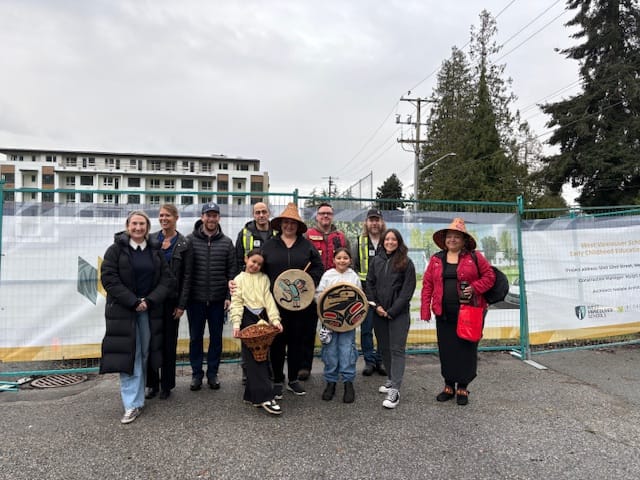

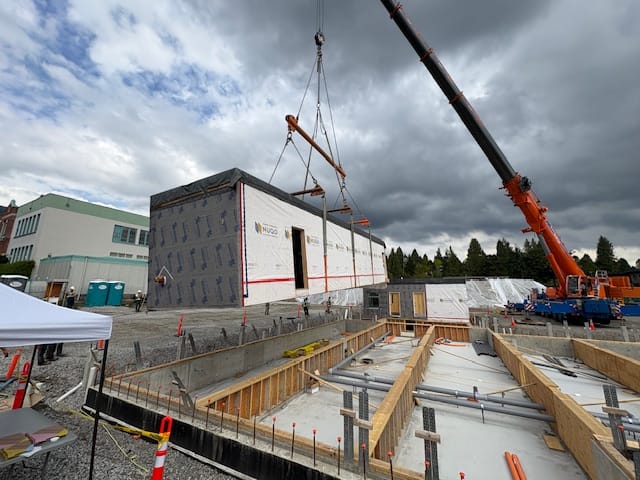
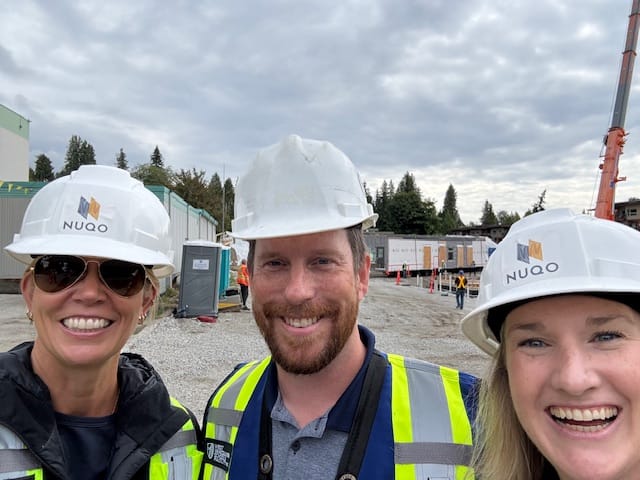
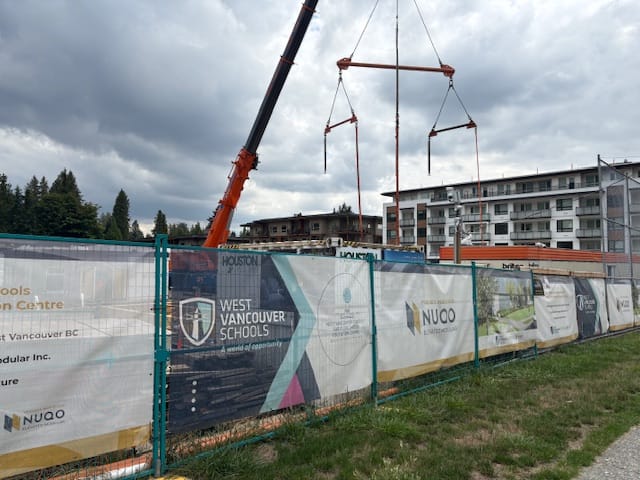
West Vancouver Schools Early Childhood Education Centre, August 2025
This next phase will require ingenuity and innovation as we strive to balance visionary educational goals with the fiscal realities that continue to challenge the early childhood education sector. We cannot lose sight of the importance of this work as we intentionally disrupt the fragile patchwork of early childhood education and intervention programs that are scattered across Canadian communities. The OECD review of Canada's early childhood education services identified the importance of integrating education and child care under one ministerial sector, and focusing on enhancing high quality programs lead by skilled, trained professionals. Early childhood educators (ECEs) are instrumental in positive outcomes for young children. If we know that 90% of brain development occurs before the age of five, then we must systematically recognize the critical role that Early Childhood Educators (ECEs) play in shaping high-quality, foundational learning experiences for our youngest citizens.
Teaching and learning are the sandbox of K–12 public education, this is our scope of practice, this is our work. Just as a sandbox invites hands-on exploration, construction, and collaboration, expanding our mandate to include the early years is not only a natural extension, but an essential one. This work has been in progress for many years in B.C. and this spin has been my small attempt to continue to the conversation of why the early years matter so much to the K-12 educational system. As we look towards continuing to build a more equitable public education system, it is essential that we recognize early childhood education not as a separate initiative, but as the foundation upon which lifelong learning is built. The work ahead in this sandbox will continue to be messy, granular and incredibly exciting. If we want a high-performing K–12 educational system that truly supports all learners, we must remain committed to investing in the messy, foundational work of early learning. That means fully funding it, creatively aligning resources, and thoughtfully integrating it into the broader educational landscape, all while partnering with families to prepare children not just for school, but for the big sandbox of life. Let's keep playing here, building on the legacy and insights of educational giants like Maureen Dockendorf, whose work reminds us that play, complexity, care and educational excellence are not peripheral, they are essential.

